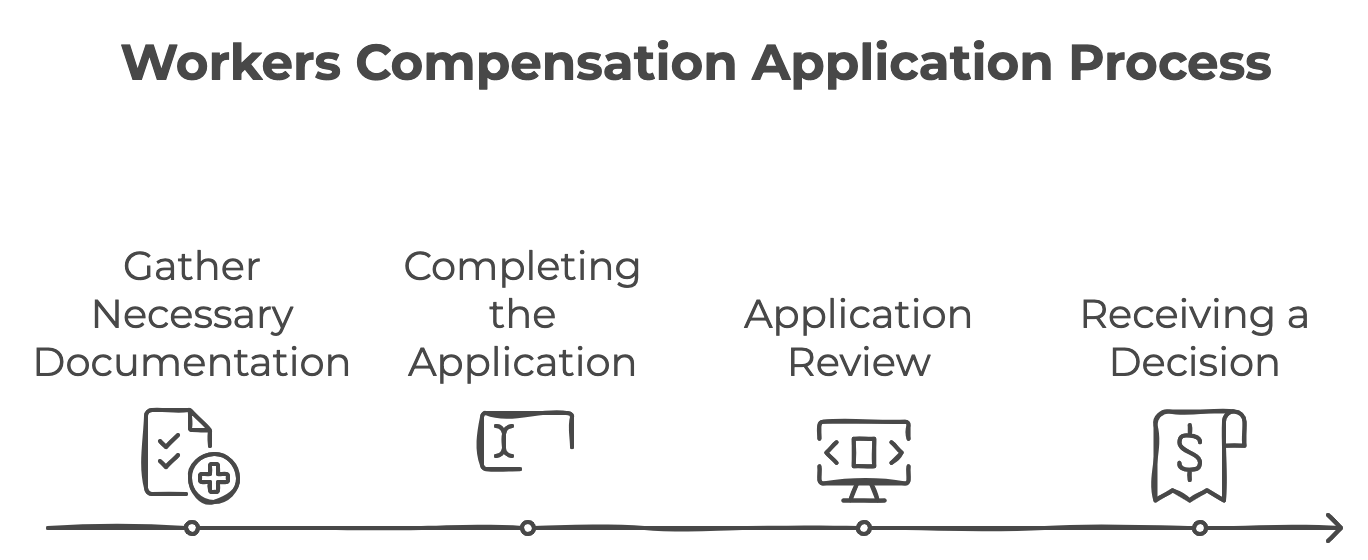Navigating Social Security Disability Benefits
Navigating the intricate world of Social Security Disability Benefits (SSDI) can be challenging, especially for injured workers who suddenly find themselves unable to continue their employment. Understanding the essentials of SSDI, from eligibility requirements to the application process, can not only ease stress but also enhance your chances of securing much-needed financial support.
Understanding Social Security Disability Insurance (SSDI)
SSDI is a federal program designed to provide financial assistance to individuals who are unable to work due to a medical condition that is expected to last at least one year or result in death. For injured workers, SSDI can be a lifeline, offering economic stability during periods of recovery or when returning to work isn’t an option.
Eligibility Requirements
Before applying for SSDI, it’s crucial to understand the eligibility criteria:
- Work History: You must have worked in jobs covered by Social Security. The length of work history required depends on your age at the time you become disabled.
- Medical Condition: Your disability must be on the Social Security Administration’s (SSA) list of disabling conditions, or it should be as severe as those conditions.
- Duration: The disability must have lasted or be expected to last for at least 12 consecutive months.
The Application Process
Applying for SSDI involves several detailed steps. Understanding each part of the process can help ensure your application is comprehensive and accurate.
Step 1: Gather Necessary Documentation
To streamline the application, gather essential documents such as your medical records, proof of employment, and personal identification. This preparation will facilitate a smoother application process.
Step 2: Completing the Application
Applications can be completed online on the SSA’s website, by telephone, or in person at a Social Security office. Be thorough and honest when filling out the forms, providing all requested information.
Step 3: Application Review
Expect the SSA to review your application comprehensively. This process includes evaluating your work history, medical evidence, and determining the severity of your disability.
Step 4: Receiving a Decision
Typically, the review process can take three to five months. During this time, it’s crucial to reply promptly to any SSA requests for additional information. If approved, you’ll receive a letter detailing your benefit amount and scheduled payments.

Common Reasons for Denial
Understanding why some applications are denied can help you avoid common pitfalls:
- Insufficient Medical Evidence: Not providing adequate medical documentation supporting your disability claim.
- Earnings Above Substantial Gainful Activity (SGA): Earning more than the SSA’s allowable monthly income limit can lead to application denial.
- Failure to Follow Prescribed Therapy: Not adhering to recommended medical treatments without legitimate reasons can adversely affect your application.
What to Do if You’re Denied
Don’t be discouraged if your initial application is denied. Many first-time applications encounter this outcome. Here are your options:
- Reconsideration: Request a review of your case by a new claims examiner.
- Hearing: If reconsideration is denied, request a hearing before an administrative law judge.
- Appeals Council Review: Should the hearing decision not be in your favor, you can request a review by the SSA’s Appeals Council.
- Federal Court: The last recourse is to file a lawsuit in a federal district court if all other appeals fail.
Maximizing Your Chances of Approval
To enhance the likelihood of your application being approved:
- Maintain Comprehensive Medical Records: Regularly update your medical records and ensure they thoroughly document your condition.
- Seek Professional Representation: Consider hiring a disability lawyer to help navigate the complex appeal process.
- Stay Informed: Regularly check SSA updates, as rules or benefits might change.

Conclusion
Handling the Social Security Disability Benefits system as an injured worker may seem overwhelming, but with the right knowledge and preparation, you can effectively manage the process. By understanding eligibility, thoroughly completing your application, and knowing your appeal options, you’re well-equipped to secure the financial support needed during challenging times.
Secure the Disability Benefits You Deserve—Start Today
Navigating the Social Security Disability Benefits process doesn’t have to be overwhelming. At Scher, Bassett & Hames, we’re dedicated to helping injured workers like you successfully apply for and secure the SSDI benefits you need to maintain financial stability during challenging times.
Call 408-739-5300 now or visit ScherandBassett.com to schedule your Free Consultation. Let our experienced team guide you through the complexities, maximize your chances of approval, and provide the peace of mind you deserve. Don’t wait—contact us today and take the first step toward your financial recovery!



